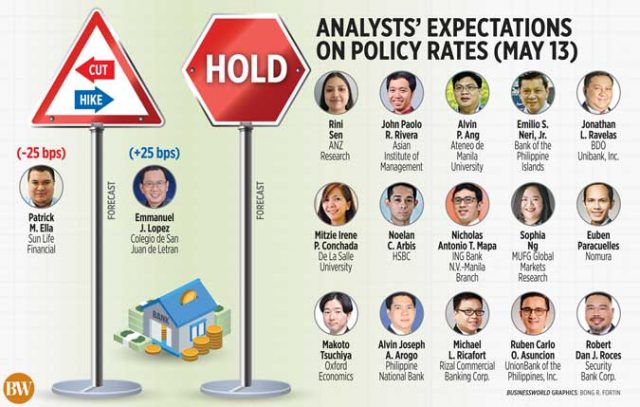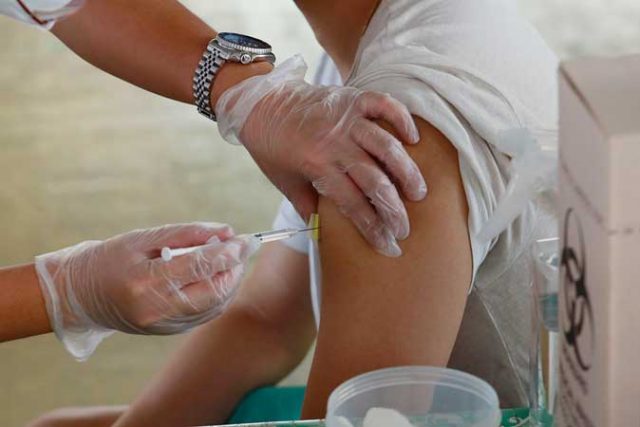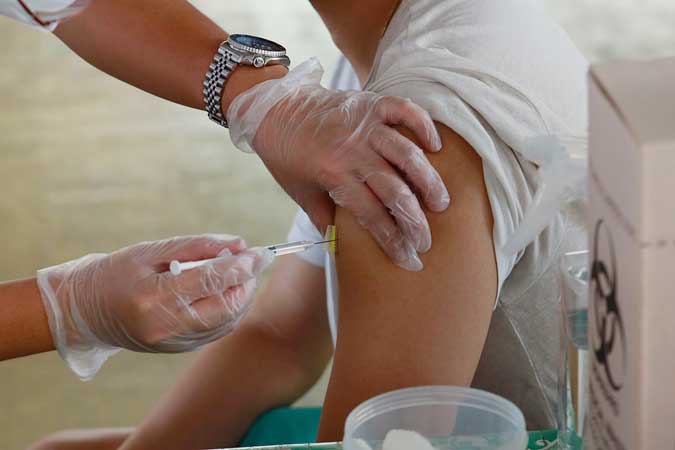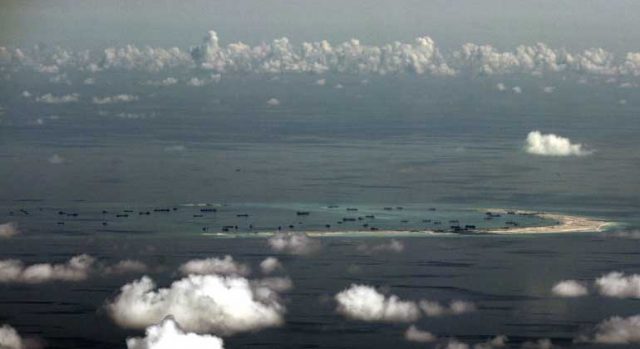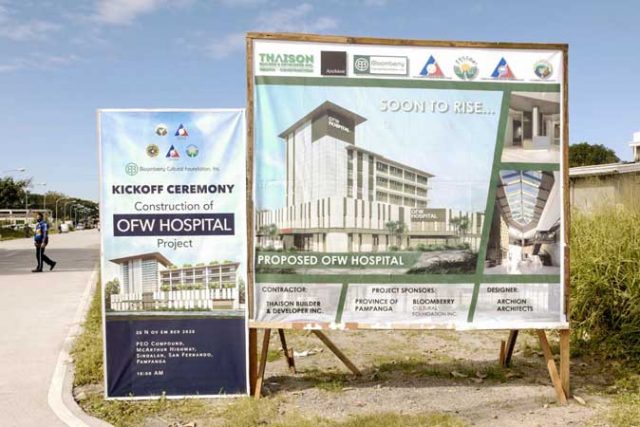Investors sell Megaworld shares on capex news
INVESTORS sold off Megaworld Corp. shares last week following news of the property developer’s decision to increase capital expenditures (capex) for the year.
A total of 165.68 million Megaworld shares worth P508.98 million were traded from May 3 to 7, data from the Philippine Stock Exchange showed.
The stock closed at P3.01 apiece on Friday, down 4.4% from the P3.15-per-share closing price a week ago. The stock has declined 28% since the start of the year.
“Megaworld ended as one of the most actively traded stocks [last] week as the company earmarked a higher capex of P36 billion this year, with the bulk set aside for the construction of new residential properties,” Charlene Ericka P. Reyes, officer-in-charge of trading and research at First Resources Management and Securities Corp., said in an e-mail.
Ms. Reyes added that while the company’s capex program this year “reflects the sustained strength” in Megaworld’s balance sheet, investors sold off their shares following the news.
“We think that the performance of [Megaworld] this week can also be traced back to the reimplementation of strict quarantine restrictions, which may continue to affect the company’s mall and hotel operations, and thus offset the improvements the company has already experienced during the fourth quarter of 2020,” she said.
In a separate e-mail, Regina Capital Development Corp. Equity Analyst Anna Corenne M. Agravio also noted the news on the company’s capex this year.
“[A]lthough higher than last year’s, [the capex] is still lower than its pre-pandemic spending figures. This was probably one of the factors that caused the downturn in [Megaworld’s] share price,” Ms. Agravio said.
“On top of this, overall market sentiment remained muted. Most blue chips, including Megaworld, saw a drop in price,” she added.
In a disclosure on Thursday, the company said it increased its spending budget this year by 29% to P36 billion from P27.9 billion in actual capital capex in 2020. Of this year’s budget, around 76% will be used for real estate developments “particularly on the construction of new residential properties.”
Meanwhile, the remainder will be used for investment properties. The company said it did not set a budget for land banking activities this year.
Megaworld reported a net income of P9.9 billion to parent firm equity holders last year, down by nearly 45% despite the uptick in the company’s office leasing business.
Revenues slid to P43.5 billion, declining by 35% from P67.3 billion the previous year.
“Megaworld continues to benefit from its status as the country’s premier township developer. This provides increased synergies across its property businesses, despite the pandemic. Given the protracted lockdown measures, however, there is increased downward pressure on the firm’s [bottom line] this year,” Regina Capital’s Ms. Agravio said.
For First Resources’ Ms. Reyes: “The gradual economic recovery towards the latter part of the year, and the potential increase in the company’s office occupancy levels amid the continued demand from the BPO (business process outsourcing) sector serves as the foundation of our net income forecast of around P12.5 billion for 2021,” she said.
Ms. Reyes placed the stock’s immediate support at P3 per share, while resistance is at P3.16 per share.
For Regina Capital’s Ms. Agravio, support and resistance levels are pegged at P3 and P3.20 per share, respectively. — AMPY





